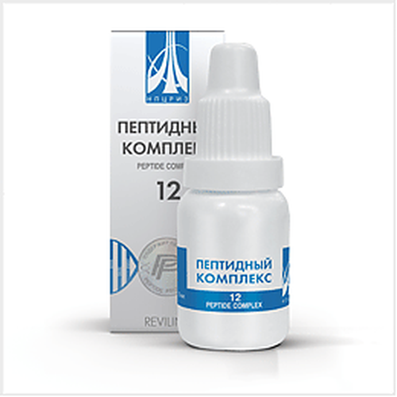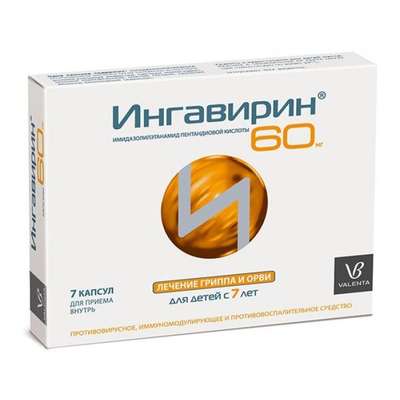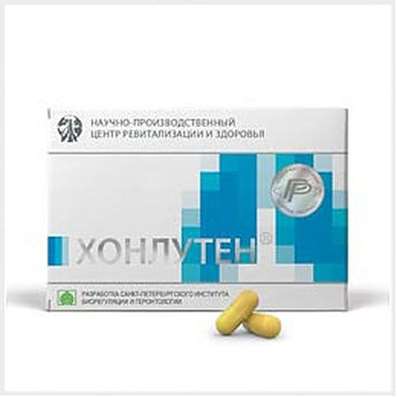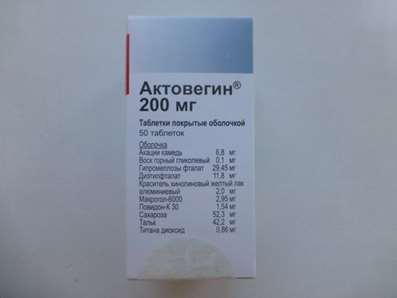Instruction for use: Ebastine
I want this, give me price
The Latin name of the substance Ebastine
Ebastinum (genus. Ebastini)
Chemical name
1- [4- (1,1-Dimethylethyl) phenyl] -4- [4- (diphenylmethoxy) -1-piperidinyl] -1-butanone
Gross formula
C32H39NO2
Pharmacological group
H1-Antihistamines
The nosological classification (ICD-10)
J30 Vasomotor and allergic rhinitis: Allergic rhinopathy; Allergic rhinosinusopathy; Allergic diseases of the upper respiratory tract; Allergic rhinitis; Allergic rhinitis seasonal; Vasomotor runny nose; Prolonged allergic rhinitis; All-year-round allergic rhinitis; All-year allergic rhinitis; Year-round or seasonal allergic rhinitis; All-the-year-round rhinitis of an allergic nature; Rhinitis vasomotor allergic; Exacerbation of pollinosis in the form of rhinoconjunctival syndrome; Acute allergic rhinitis; Edema of the nasal mucosa; Edema of the nasal mucosa; Edema of the mucous membrane of the nasal cavity; Swelling of the nasal mucosa; Swelling of the nasal mucosa; Pollinosis; Permanent allergic rhinitis; Rhinoconjunctivitis; Rhinosinusitis; Rhinosinusopathy; Seasonal allergic rhinitis; Seasonal allergic rhinitis; Hay rhinitis; Chronic allergic rhinitis; Allergic diseases of the respiratory tract
L50 Urticaria: Idiopathic chronic urticarial; Injury Urticaria; Chronic urticarial; Hives of the newborn
T78.4 Unspecified Allergy: Allergic reactions to insulin; Allergic reactions to insect stings; Allergic reactions similar to systemic lupus erythematosus; Allergic diseases; Allergic diseases of mucous membranes; Allergic diseases and conditions resulting from increased release of histamine; Allergic diseases of mucous membranes; Allergic symptoms; Allergic symptoms in the mucous membranes; Allergic reactions; Allergic reactions caused by insect bites; Allergic reactions; Allergic conditions; Allergic laryngeal edema; allergopathy; allergic conditions; Allergy; House dust allergy; Anaphylaxis; Cutaneous reactions to medications; Skin reaction to insect stings; Cosmetic allergy; Drug allergy; Acute allergic reaction; Laryngeal edema allergic genesis and background radiation; Food and drug allergy
CAS Code
90729-43-4
Pharmacology
Pharmacological action - Anti-allergic, antihistamine.
It blocks histamine H1 receptors. Prevents spasms of smooth muscle caused by histamine and increased vascular permeability. The action begins after 1 hour and lasts 48 hours. After 5 days of use, the antihistamine effect persists for 72 hours due to the action of the active metabolite. There was no effect on the QT interval of the ECG (in doses up to 80 mg).
Quickly absorbed and almost completely metabolized in the liver to the active metabolite - weightoblastin. After a single intake of Ebastin 10 mg Cmax weight regimen (80-100 ng / ml) is achieved after 2.6-4 hours. Simultaneous food intake increases the level of weight-bearing in the blood 1,6-2 times, but does not change the time to reach Cmax And the severity of the clinical effect. The equilibrium concentration (130-160 ng / ml) with a daily dose of 10 mg is created after 3-5 days. Binding to plasma proteins ebastin and carrebastin - more than 95%. T1 / 2 carrebastin - 15-19 hours. It is excreted in the urine in the form of conjugates (66%). Does not penetrate the BBB.
Values of pharmacokinetic parameters do not depend on the age of the patient. Against the background of renal insufficiency T1 / 2 increases to 23-26 hours, liver - up to 27 hours.
Application of substance Ebastine
Allergic rhinitis (seasonal, year-round), idiopathic chronic urticaria, allergic diseases and conditions caused by increased release of histamine.
Contraindications
Hypersensitivity.
Restrictions on the use
Renal and / or hepatic insufficiency, QT interval elongation, hypokalemia, age under 12 years (safety and efficacy not determined).
Application in pregnancy and breastfeeding
Not recommended (safety of use in pregnant and lactating women has not been studied).
Side effects of the substance Ebastine
Headache, drowsiness, dry mouth; Rarely - abdominal pain, indigestion, nausea, asthenia, insomnia, rhinitis, sinusitis.
Interaction
It is not recommended simultaneous application with ketoconazole and erythromycin (QT interval prolongation is possible). Compatible with theophylline, indirect anticoagulants, cimetidine, diazepam, ethanol and ethanol-containing drugs.
Overdose
Treatment: gastric lavage, monitoring of vital functions, symptomatic therapy.
Routes of administration
Inside.

 Cart
Cart





